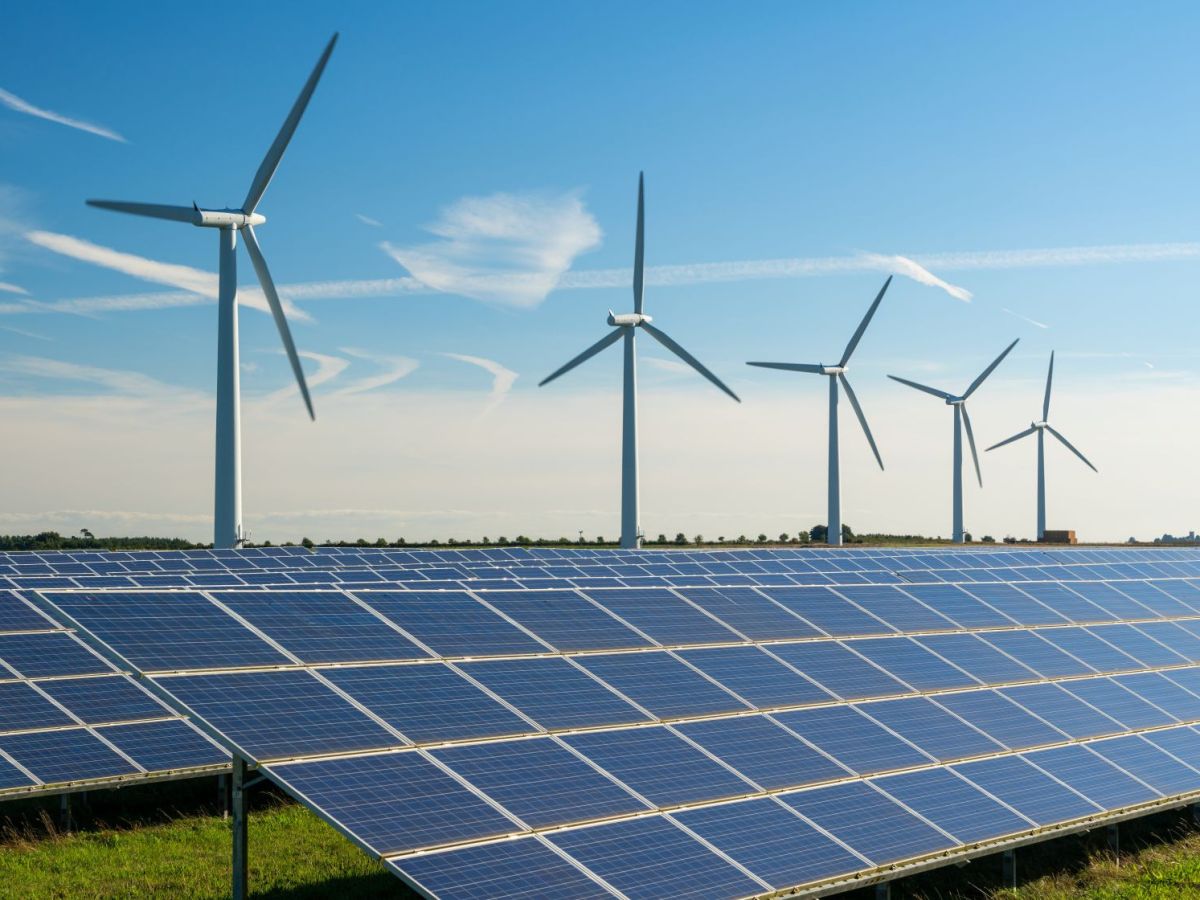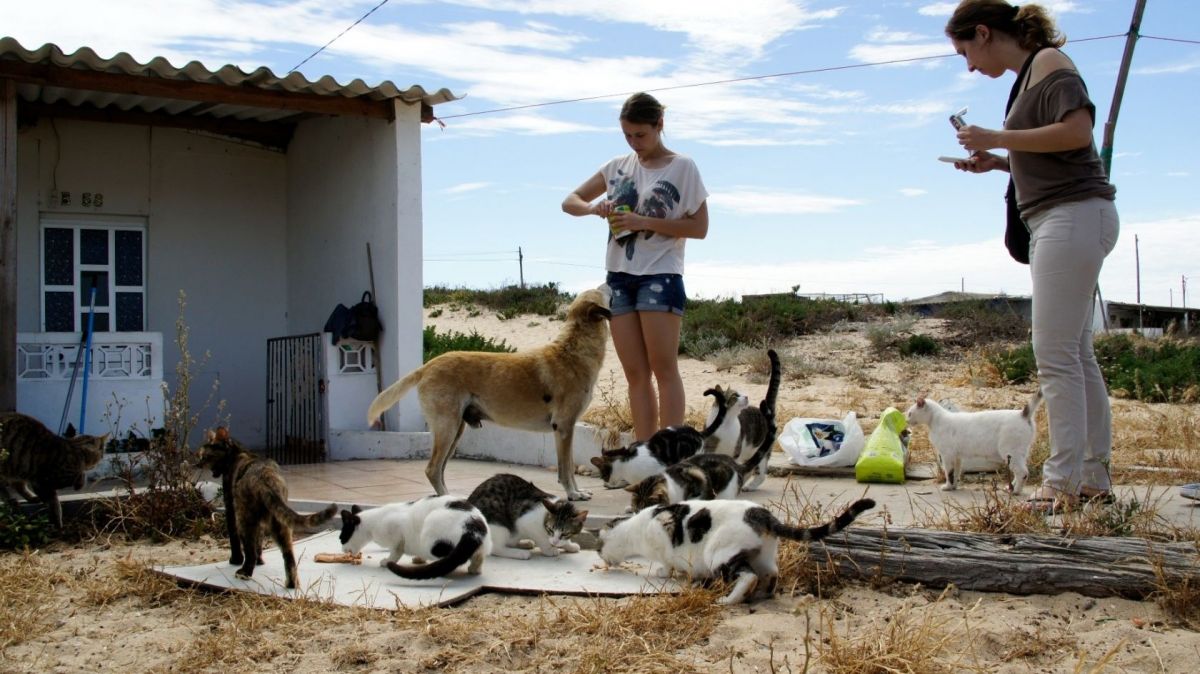According to the company, consumption grew 2.6% compared to the same period in 2024, or 2.0% considering the effects of temperature and weekdays, exceeding the previous high, recorded in 2010, by 0.8%. In September alone, there was a 2.2% annual variation (1.4% with adjustments).
Renewable energy supplied 70% of demand in the first nine months of the year, with emphasis on hydro (28%), wind (24%), and solar (13%), the latter with a 25% year-on-year increase. Natural gas production accounted for 14% of consumption, while 16% was supplied by imports.
In September, wind production benefited from particularly favourable conditions, reaching a proficiency index of 1.37, while solar production registered less favourable conditions (0.95).
That month, 57% of consumption was supplied by renewable sources, 17% by non-renewable sources, and 26% by imports.
In the natural gas market, September saw an 18% year-over-year increase, driven by the electricity generation segment, which more than doubled compared to 2024. Conventional consumption, which includes other consumers, fell 3.4%.
Year-to-date, natural gas consumption increased 13%, reflecting 132% growth in the electricity sector and an 8% decline in the conventional sector.
National supply was ensured in September exclusively by the Sines liquefied natural gas (LNG) terminal. The interconnection with Spain once again recorded an export surplus, equivalent to approximately 7% of national consumption.
During the first nine months, the gas originated primarily from Nigeria (49%) and the United States (39%).














